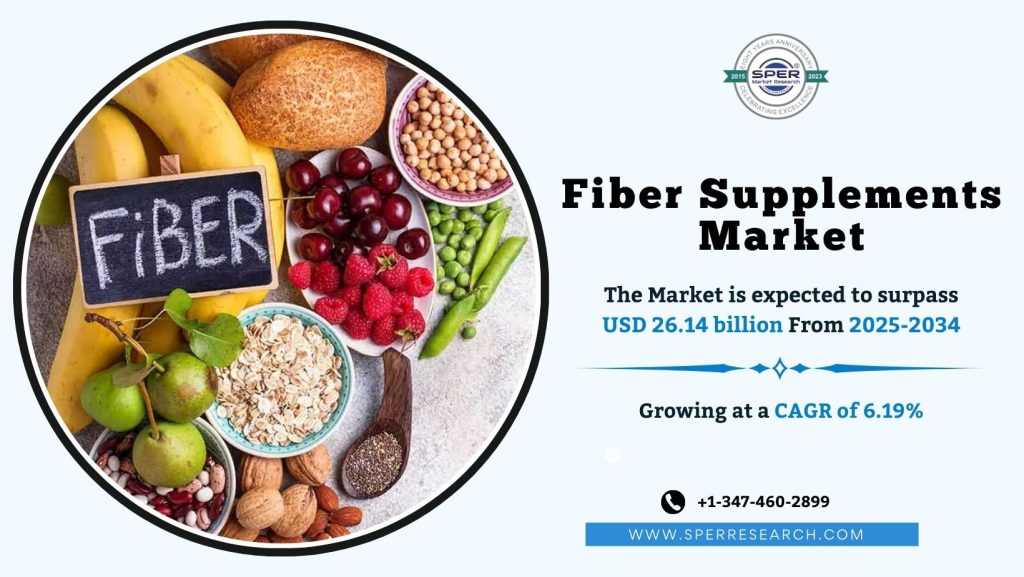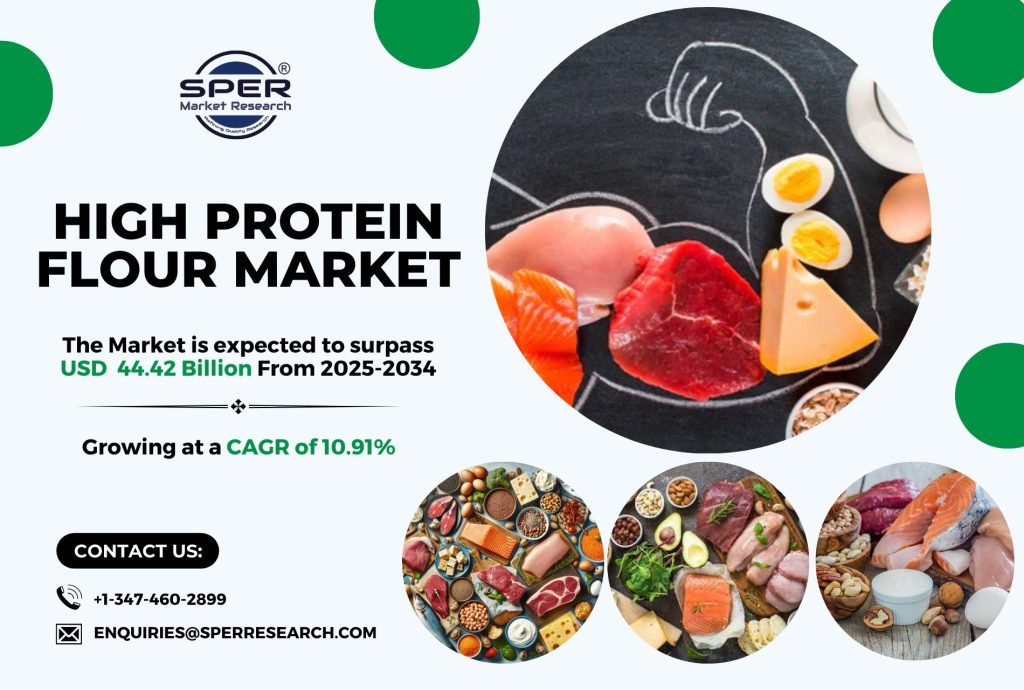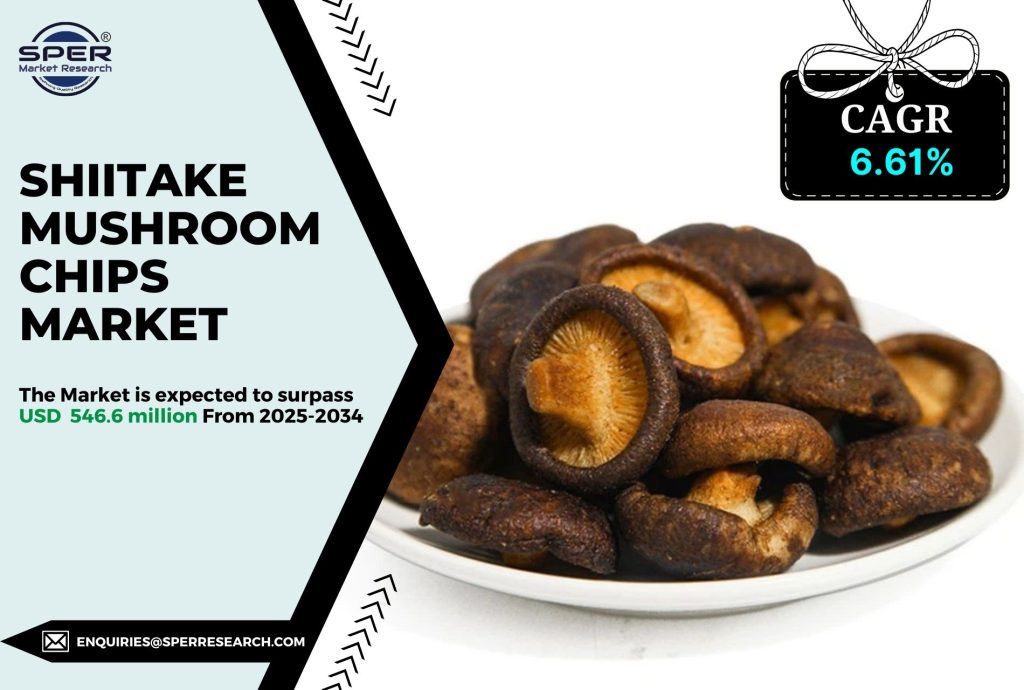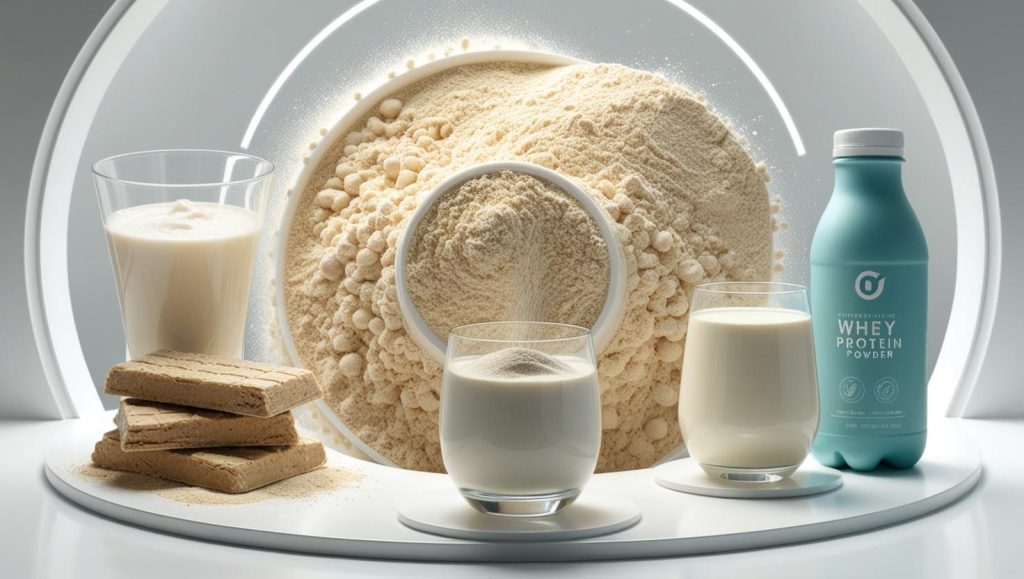Frozen potatoes are an useful and adaptable food product created by partially cooking and freezing potatoes to maintain their flavour, texture, and nutritional content. They are widely available in a variety of forms, including fries, wedges, hash browns, and diced cubes, and meet a wide range of culinary needs in both families and the foodservice industry. Their lengthy shelf life and ease of preparation make them ideal for quick meals and snacks that require little cooking time. Frozen potatoes preserve important elements such as vitamin C and potassium while maintaining consistent quality and flavour. The global frozen potato market is being pushed by increased consumer demand for ready-to-cook items, as well as innovations in freezing technologies that improve texture and flavour retention.
According to SPER Market Research, ‘Frozen Potato Market Size- By Product, By End Use, By Distribution Channel- Regional Outlook, Competitive Strategies and Segment Forecast to 2034’ states that the Global Frozen Potato Market is estimated to reach USD 111.11 billion by 2033 with a CAGR of 6.2%.
The global frozen potato market is expanding rapidly, driven by factors such as increased demand for fast and ready-to-cook food products, shifting consumer lifestyles, and the expansion of the quick-service restaurant (QSR) business. Urbanization and rising disposable incomes have caused a shift in dietary preferences toward processed and easy-to-prepare foods. Technological developments in freezing procedures have improved the quality, texture, and flavour retention of frozen potato products, boosting consumer confidence. The growing popularity of Western-style fast food in emerging economies has helped to increase the market. Furthermore, the growing use of frozen potatoes in the foodservice industry, combined with product innovation, such as low-fat or organic alternatives, is catering to health-conscious consumers and driving market growth.
The worldwide frozen potato market faces many hurdles that might hinder its expansion. Fluctuations in raw material supply, caused by unpredictable weather and crop diseases, can affect potato quality and availability, resulting in price instability. High energy costs connected with freezing and storage operations increase manufacturing costs, which might be problematic for small-scale enterprises. Health concerns over processed foods, particularly trans fats, salt levels, and artificial additives in certain frozen potato products, have prompted heightened scrutiny from health-conscious customers and regulatory organizations. Furthermore, competition from fresh and alternative processed potato products drives up market dynamics. Overcoming these difficulties requires industry players to innovate, implement sustainable practices, and adapt to changing customer tastes.
Request a Free Sample Report: https://www.sperresearch.com/report-store/frozen-potato-market.aspx?sample=1
The COVID-19 pandemic had a significant impact on the global frozen potato business, presenting both obstacles and opportunities. On the one hand, the shutdown of restaurants, fast-food chains, and foodservice enterprises during lockdowns led to a major drop in demand for frozen potatoes in these industries. On the other side, the trend toward at-home dining, higher consumption of frozen and convenience meals, and the emergence of takeaway and delivery services raised demand for frozen potato goods in retail marketplaces. Global supply chain disruptions, workforce shortages, and logistical issues all had an impact on frozen potato production and distribution, causing delays and price changes.
North America dominates the global frozen potato industry, owing to a well-established food manufacturing infrastructure, high consumption of processed foods, huge retail networks, and a strong fast-food culture. Some of the key players are – Agra Frost GmbH & Co. KG., Agristo NV, Bart’s Potato Company, Coson, Himalya International Limited, Farm Frites International B.V.
For More Information, refer to below link: –
Related Reports:
Follow Us –
LinkedIn | Instagram | Facebook | Twitter
Contact Us:
Sara Lopes, Business Consultant — USA
SPER Market Research
enquiries@sperresearch.com
+1–347–460–2899









